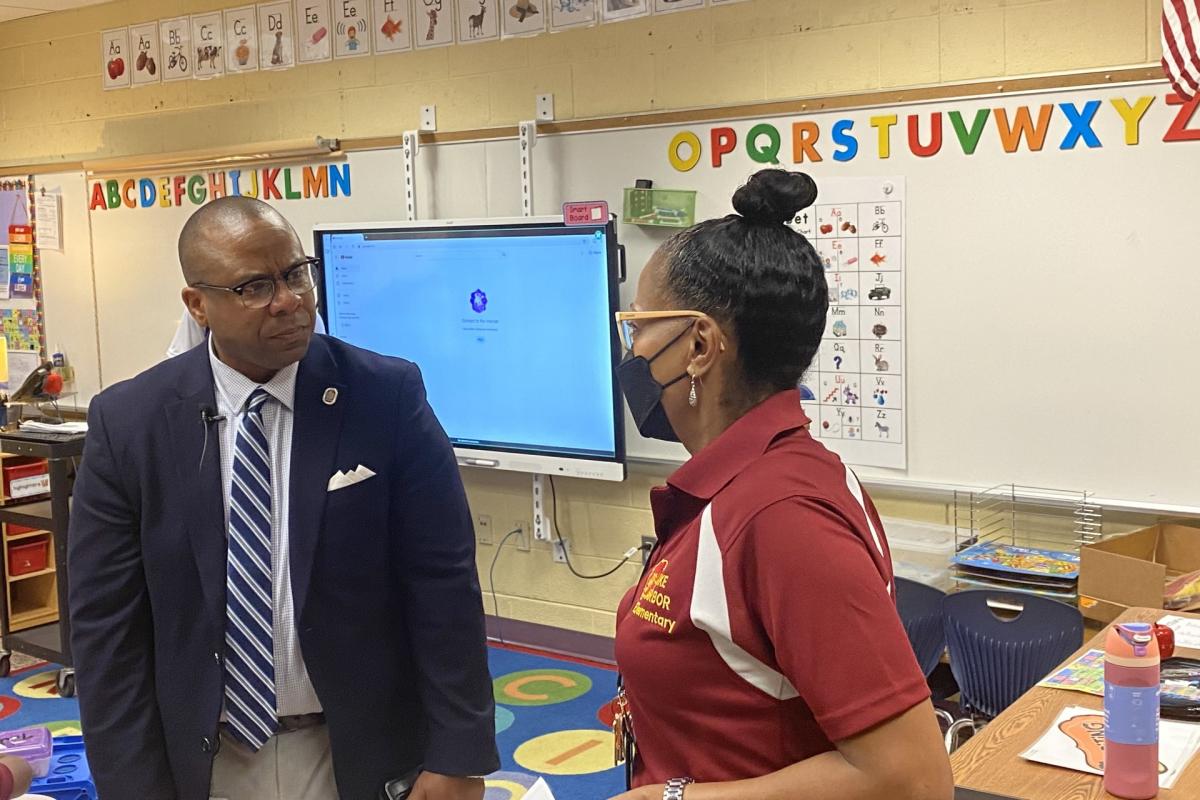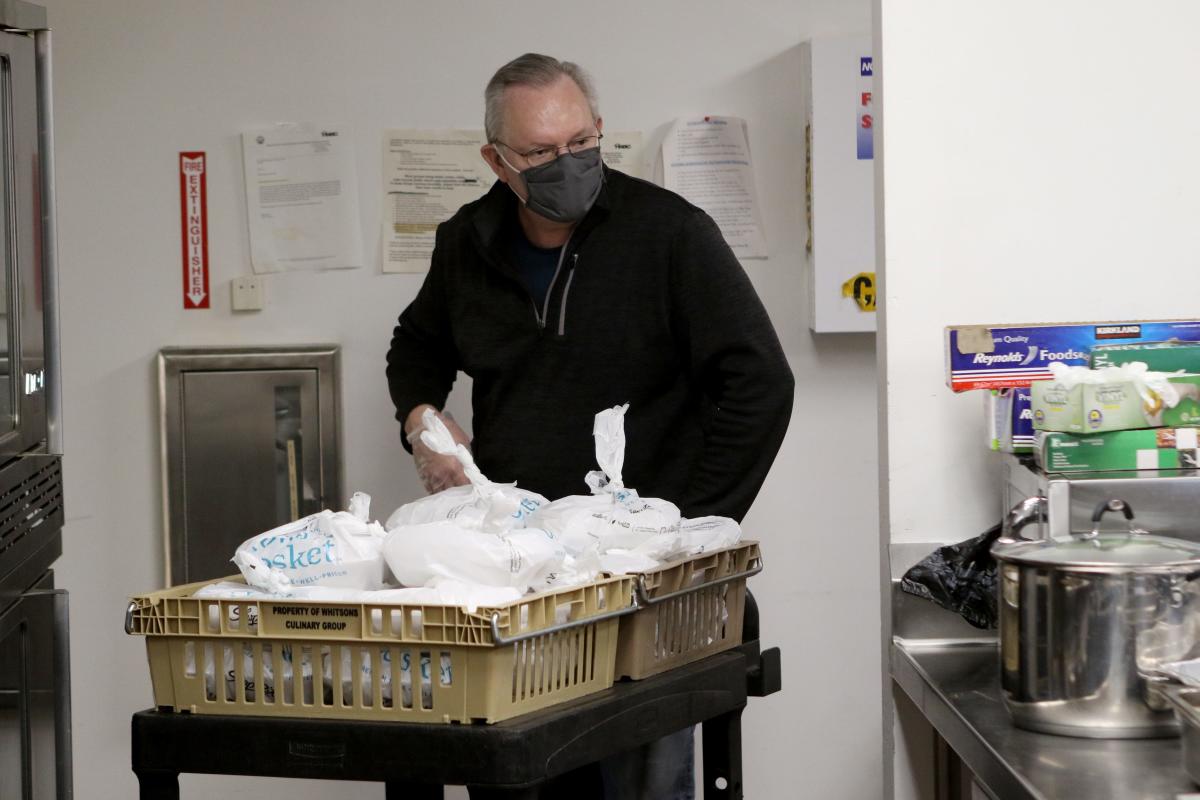This article was originally published in Maryland Matters.
Maryland’s teacher workforce is still largely white, according to data recently released by the Department of Education, but advocates are hopeful that new laws can help stem the tide.
About 68% of teachers in classrooms during the 2023-2024 school year will be white, according to figures to be discussed by the state Board of Education on Tuesday. By comparison, about 20% of teachers are black and about 5% are Latino or Asian.
That has changed little compared to the past five years. State data shows that over the five school years beginning in 2019-20, the average percentage of white teachers in Maryland was 70%, while about 19% were Black and about 4% were Latino or Asian.
Get stories like this straight to your inbox. Sign up for the 74 newsletter
During that same time frame, the department’s report said, student racial disparity in classrooms was markedly different: white students at 34%; Black students at 30%; Latino students at 21%; and Asian students at 7%.
Among local school systems, Prince George’s County and Baltimore City have the most teachers of color this school year, at 79% and 61%, respectively. These also represent the state’s majority black jurisdictions. Montgomery County, the state’s largest school system, has the fourth-highest percentage of teachers of color at 31%, just below the state average of 32%.
“We believe that having a diverse educational workforce helps students of color see themselves. It also helps all students,” said Cheryl Bost, president of the Maryland State Education Association, the state’s teachers union.
Bost said some teachers of color are being asked to take on other responsibilities outside their classrooms. A 2022 teacher workforce report included quotes from unnamed teachers during a statewide teacher diversity roundtable.
For example, Bost said if a black teacher is one of a few in a school, that person would be asked to help a fellow teacher, administrator or other employee if there was a situation involving a black student. Or if a teacher is bilingual, that person is “often taken out of the classroom to interpret” for a parent who may not speak English.
“That creates hardships … that are unfair to those educators of color,” Bost said.
Bost said progress should begin later this year thanks to the passage of the state’s teacher shortage reduction law last year.
That law ensures that eligible students who major in education and attend a school where at least 40% of them receive federal Pell Grants, in an associate’s or bachelor’s degree program, will receive an initial grant. The nearly a dozen colleges eligible for the program included all four of the state’s historically black colleges and universities, and about three community colleges.
Legislation signed last month by Governor Wes Moore (D) – House Bill 75 and Senate Bill 377 – would allow any community college student pursuing education to be eligible for a stipend. The legislation would allow recipients in their first or second year at an institution of higher education to receive a stipend beginning in the 2024-25 school year through the 2026-27 school year.
The initial stipend was supposed to be distributed earlier this school year, but a budget memo said it was delayed a year because the $10 million for the program only “recently” became available to the Maryland Higher Education Commission.
The money comes from a teacher retention fund administered by the commission. The Office of Student Financial Assistance (OSFA), within the committee, will determine the amount of the stipends.
The legislation, sponsored by Senate Majority Leader Nancy King (D-Montgomery) and Del. Eric Ebersole (D-Baltimore County), will take effect July 1.
Moore also signed two different bills aimed at helping increase teacher diversity in the state’s more than 1,400 public schools. House Bill 975 and Senate Bill 771 will provide alternative pathways into the teaching profession for recent graduates and new teachers.
The new law would require applicants to earn at least a 3.0 grade point average for their most recent degree, but it would not require students to take any of the Praxis tests, which measure knowledge and classroom skills, to become certified teachers. One test can cost $300.
“There’s not a big correlation between them [Praxis] testing and teaching skills. It is not a good indicator of how good a teacher someone will be,” Ebersole, who has worked as a teacher for 35 years, said Monday. “Providing alternative pathways and increasing our teacher workforce is crucial.”
This story was originally published on Maryland Matters.







